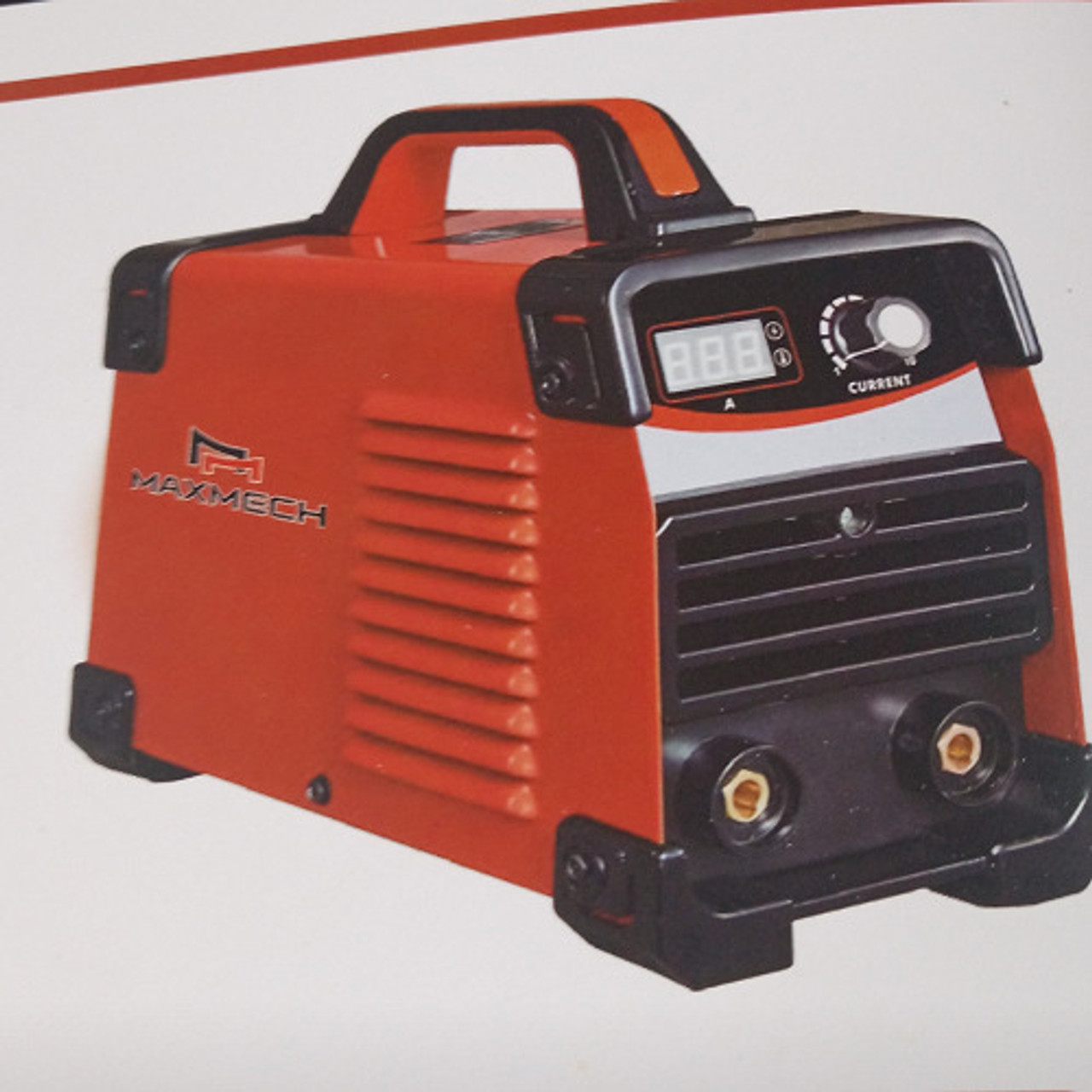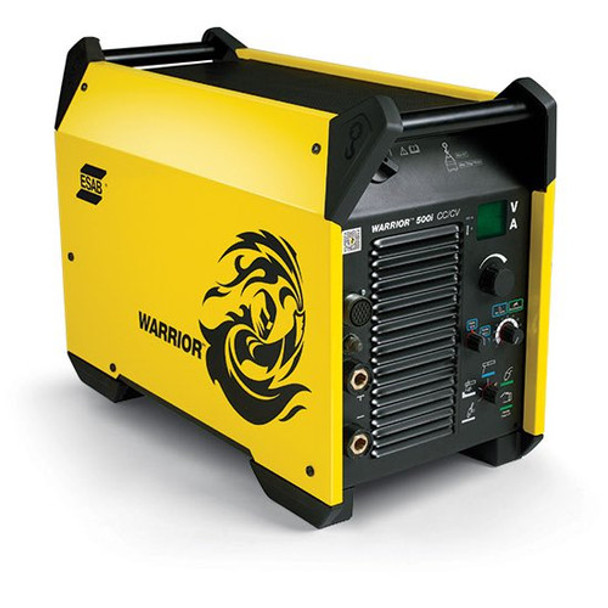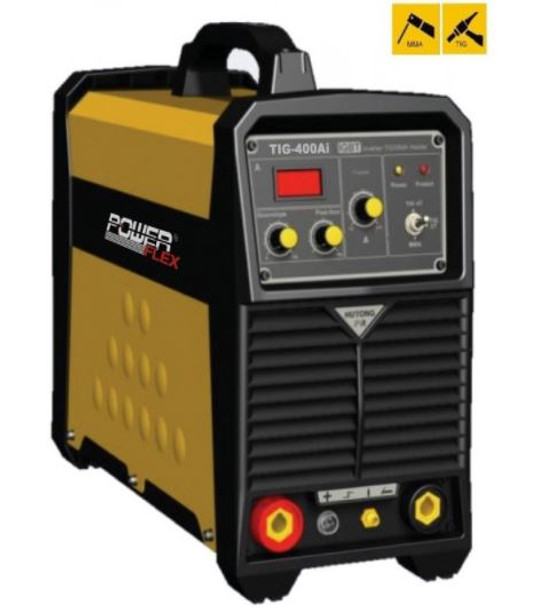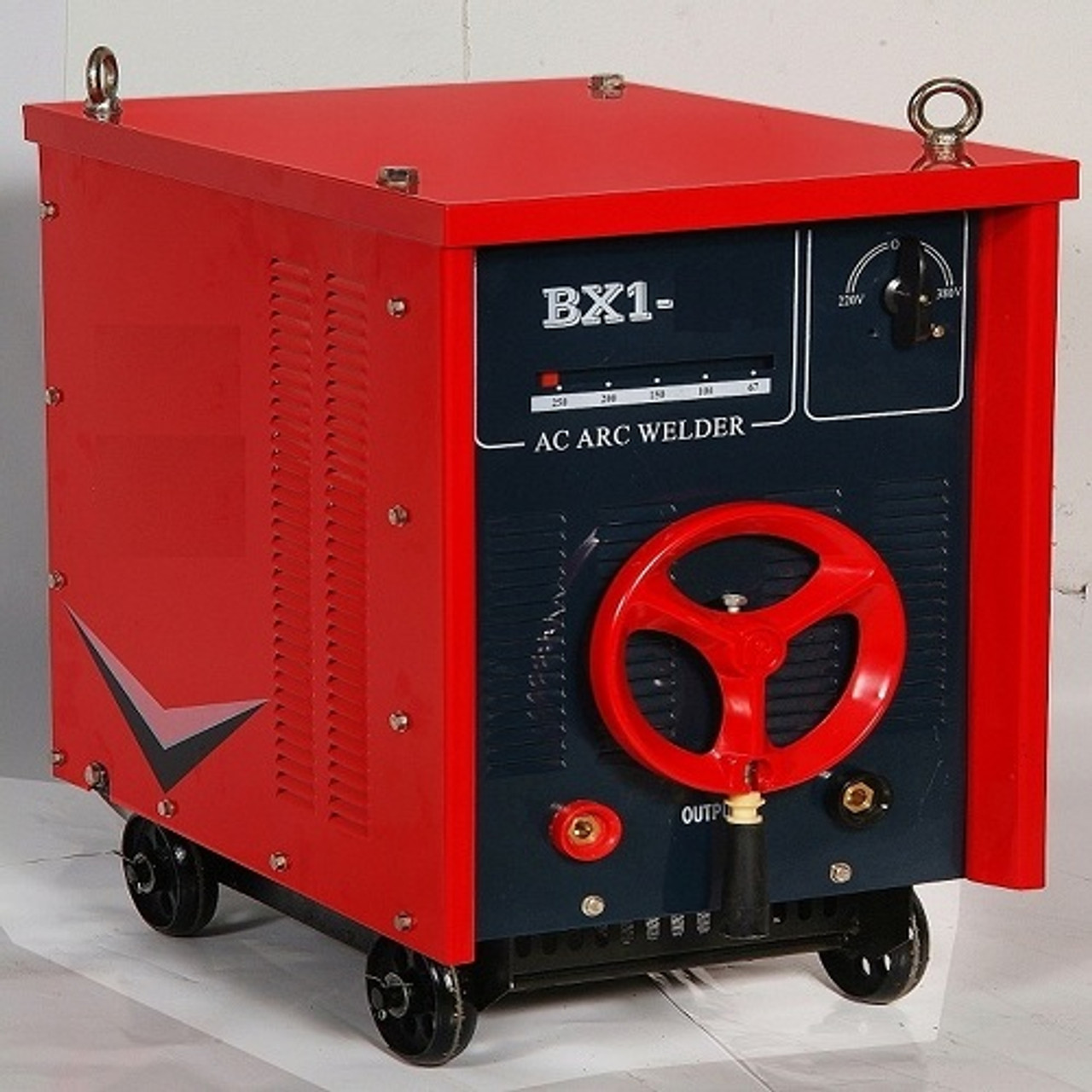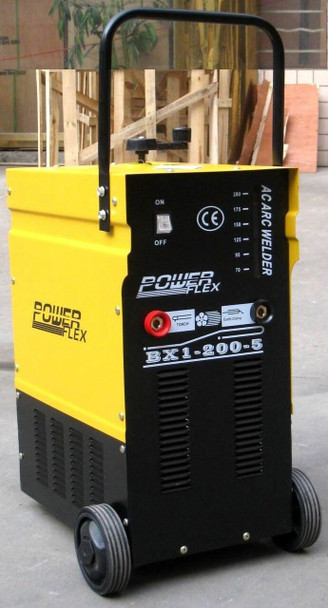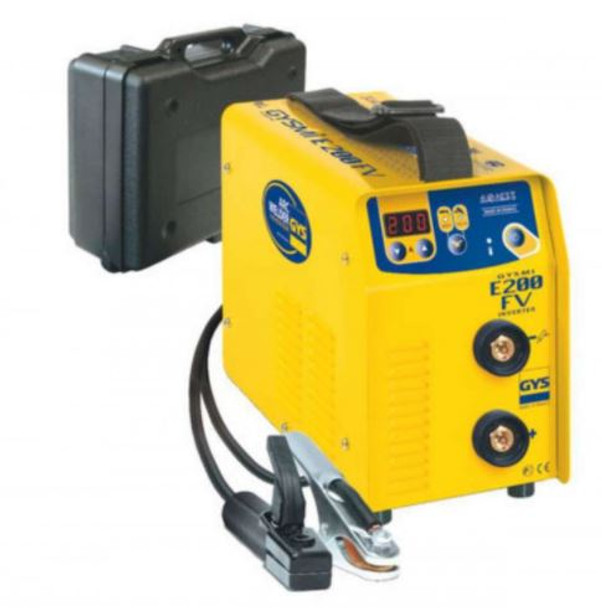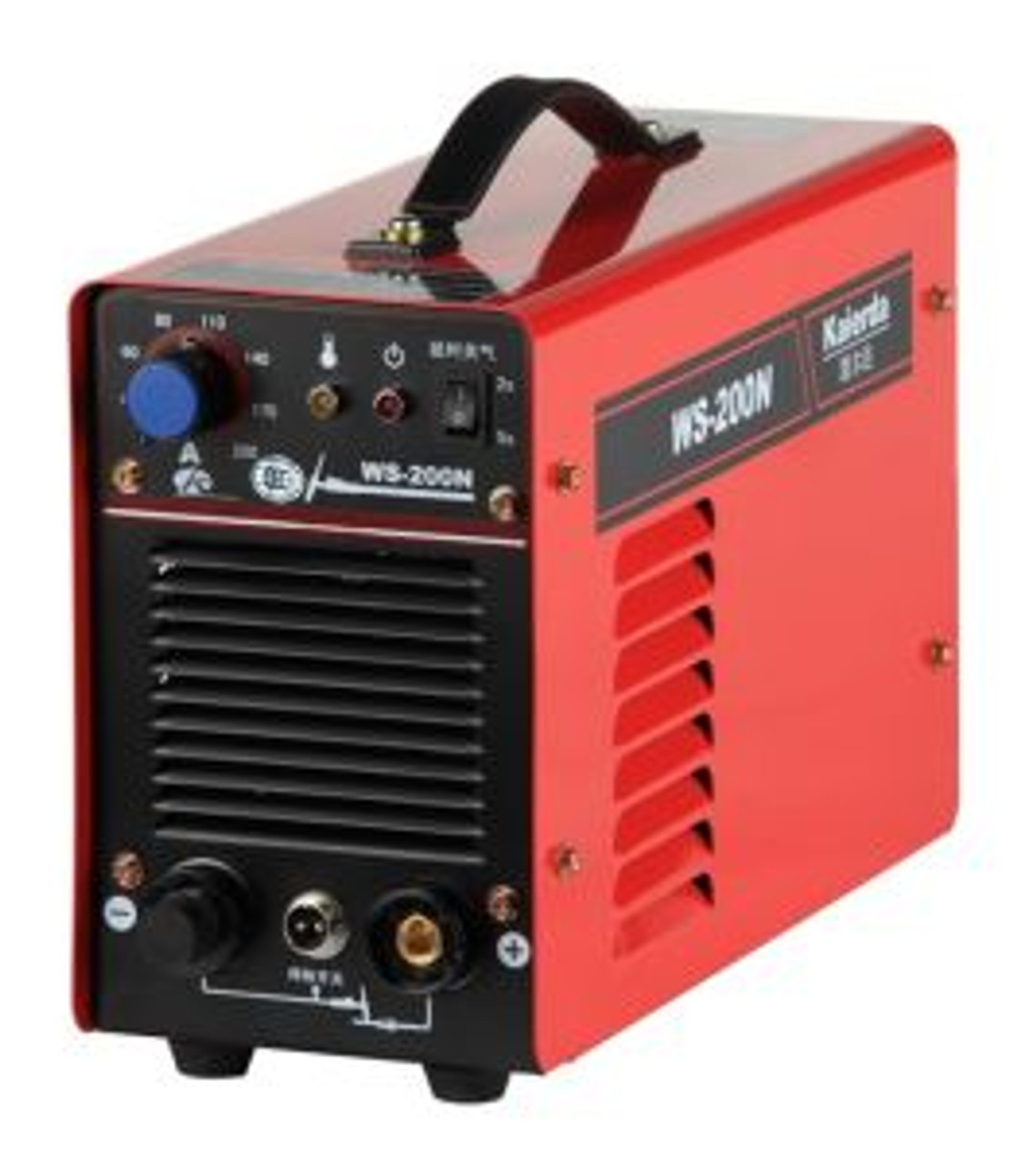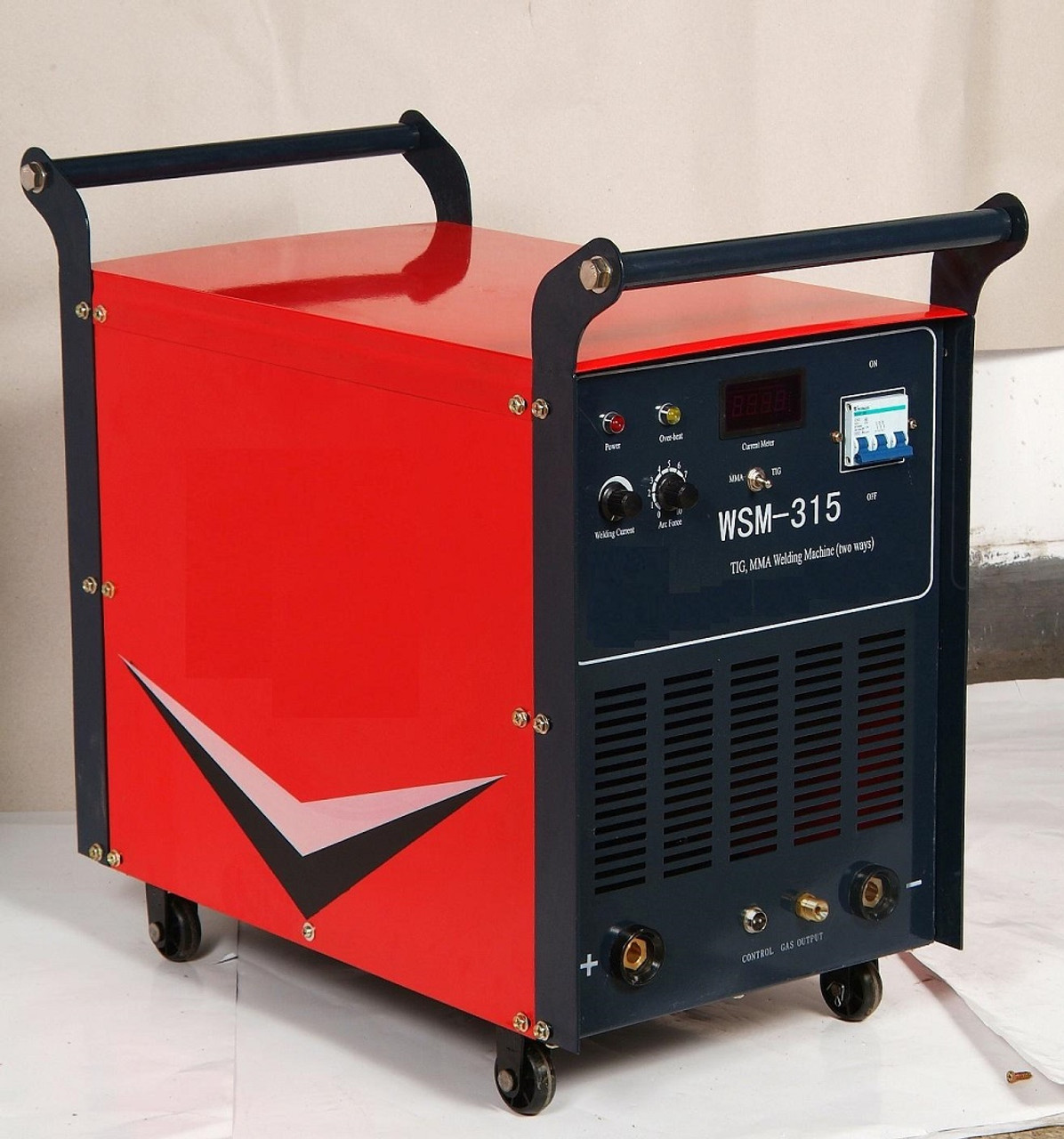How Does an Arc Welding Machine Work?
Key Takeaway
- Basic Principle: Arc welding machines create an electric arc between an electrode and the workpiece, generating intense heat to melt metals and join them together.
- Power Source: They use either AC or DC power to generate the arc, with DC offering better stability for most welding applications.
- Electrode Function: The electrode can be consumable (melts to form the weld) or non-consumable (used with filler materials).
- Shielding Protection: Arc welding requires shielding to protect the weld pool from contaminants, achieved through flux coatings or shielding gases.
Introduction
In the realm of modern fabrication, where precision, strength, and efficiency are paramount, arc welding machines play an indispensable role. These machines have revolutionized the way we fuse metals, enabling the creation of structures that were once thought impossible. Arc welding machines utilize the principle of electric arc to generate the intense heat required for melting and fusing metals.
These machines have found their place in a myriad of industries, from construction and automotive to aerospace and manufacturing. Their ability to join metals of varying thicknesses and compositions with precision and reliability has made them a cornerstone of industrial progress. From the framework of a skyscraper to the delicate joints of a medical device, arc welding machines are at the heart of countless creations that shape our modern world.
In addition to their practical applications, arc welding machines have also sparked a culture of craftsmanship and expertise. Welders, trained in the nuances of various welding techniques, are skilled artisans who transform raw materials into functional works of art. Their ability to manipulate the arc, control the heat, and create perfect seams showcases the synergy of human skill and technological innovation.
For example Maxmech AC ARC Welder BX1-315 join metals together to create structures of remarkable strength and utility, and this has captivated human ingenuity for centuries. From constructing towering skyscrapers to crafting intricate sculptures, the ability to meld different metals into a unified whole has shaped the course of human progress. One of the key tools that makes this possible in today's world is the arc welding machine, a marvel of engineering that harnesses intense heat and electrical energy to create bonds that endure.
Maxmech Inverter Welding Machine ARC - 160
How Does Arc Welding Machine Works
The process of welding in which heat is produced by creating an electric arc to join metal workpieces is known as electric arc welding. Electric arc welding is a type of welding that uses a welding power supply to create an electric arc between a metal stick, called electrode, and the workpiece to melt the metals at the point of contact. Electric arc welding can use either DC supply or AC supply and a consumable or non-consumable electrode.
The process of electric arc welding is based on the principle that when an electric current passes through an air gap between two electric conductors, it generates an electric arc, producing intense and concentrated heat. The temperature of the arc between the two conductors is approximately 3500°C to 4000°C. This high temperature creates intense heat at the welding point, melting a small portion of metal in the workpiece.
The electric arc keeps the molten metal pool agitated, thoroughly mixing the base metal with the melted electrode metal. Afterward, the metal pool cools under a protective slag cover left by the electrode. As it cools, a strong weld joint forms between the two metal pieces.
The figure illustrates a simplified circuit of electric arc welding.
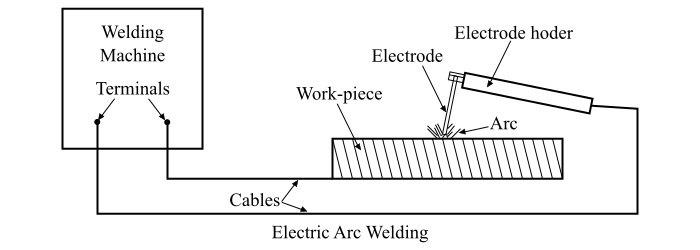
In electric arc welding, you can obtain either AC or DC current from a welding power supply. One terminal is connected to the electrode mounted on an electrode holder, held by the welder. The other terminal is connected to the workpiece, and the circuit is completed through the air gap between the electrode and the workpiece.
The length of the air gap (the distance between the electrode tip and the workpiece's surface) is typically 3 mm to 6 mm. Welding is achieved by creating an electric arc between the electrode and the workpiece. The arc's temperature is exceedingly high (around 3500°C to 4000°C), causing the metal in contact with the arc to melt and enabling the weld to form. The welder then gradually moves the electrode in the desired direction to complete the weld.
Learn more: How Does an Arc Welding Machine Work?
Esab warrior 500i Multipurpose Inverter arc welding machine
Exploring Different Types of Electric Arc Welding Techniques
Electric arc welding is a versatile and widely-used method for joining metals together. This technique involves creating an electric arc between an electrode and the workpiece, generating intense heat that melts the metals and forms a strong weld. There are several distinct types of arc welding machines, each with its own unique characteristics and applications. Let's delve into the details of these welding methods:
1. DC Metallic Arc Welding:
In this type of welding, direct current (DC) is used to power the arc. The process employs either a positively-charged electrode (anode) with negatively-charged workpiece (cathode) or vice versa. DC metallic arc welding is known for its stable arc, uniform welds, and the ability to work with various metals and alloys. It's commonly used in fabrication, construction, and manufacturing industries.
2. AC Metallic Arc Welding:
Alternating current (AC) metallic arc welding involves the use of an electrode that alternates between positive and negative polarity. This method is effective for welding metals like aluminum, which require high heat input due to their high thermal conductivity. AC welding is suitable for producing strong joints, especially when dealing with thicker materials.
3. Carbon Arc Welding:
Carbon arc welding employs a carbon electrode to generate an electric arc. This technique is less common today, having been largely replaced by more advanced methods. It's primarily used for welding non-ferrous metals and is often used for repair work, brazing, and soldering.
4. Atomic Hydrogen Arc Welding:
Atomic hydrogen arc welding is an advanced technique that utilizes atomic hydrogen as a shielding gas. Hydrogen gas is dissociated into atomic hydrogen by passing it through an electric arc, creating an environment that facilitates a high-temperature, low-energy welding process. This method is known for its ability to produce extremely high-quality welds with minimal distortion and is often used for specialized applications like aerospace and nuclear industries.
5. Shielded Arc Welding:
Shielded arc welding, also known as covered electrode welding or manual metal arc welding (MMAW), involves a coated electrode that provides both filler metal and shielding gases when it's consumed during welding. The coating creates a protective shield around the weld, preventing contamination and ensuring the weld's integrity. Shielded arc welding is versatile, suitable for various metals and thicknesses, and is often used in construction, maintenance, and repair.
Each type of electric arc welding has its advantages, limitations, and specific applications. The choice of welding method depends on factors such as the type of materials being joined, the required weld strength, the environment, and the expertise of the welder. As technology advances, new variations and techniques continue to emerge, further expanding the capabilities of electric arc welding and its contributions to various industries.
Power flex welding Machine Argon Arc welder Tig 400Ai
Exploring the Numerous Advantages of Arc Welding
Electric arc welding stands as a cornerstone in the world of metal joining and fabrication, offering a range of distinct advantages that have solidified its place as a widely used welding process. Let's delve into the chief advantages that electric arc welding brings to the table:
1. High-Speed Welding Capability:
Electric arc welding is well-suited for situations where speed is of the essence. Its ability to generate high temperatures swiftly makes it an efficient option for rapidly completing welds, contributing to improved productivity in industries where time-sensitive projects are the norm.
2. Simplicity and Portability:
One of the standout features of electric arc welding is its simplicity. The equipment required is relatively uncomplicated and portable. This mobility allows welders to carry out their work in various locations without the need for extensive setup, making it a versatile choice for both in-shop and on-site applications.
3. Superior Temperature Control:
The electric arc welding process offers precise control over the temperature at the welding point. This level of control enables welders to achieve desired results, ensuring proper fusion of metals and strong, consistent welds. This advantage is especially crucial when working with metals of varying thicknesses or properties.
4. Compatibility with AC and DC Supply:
Electric arc welding can operate effectively with both alternating current (AC) and direct current (DC) power supplies. This adaptability provides welders with flexibility, allowing them to choose the power source that best suits their project's requirements, thereby increasing the versatility of the welding process.
5. Cost-Effectiveness:
The cost-effectiveness of electric arc welding is a noteworthy advantage. The equipment needed for this process is relatively affordable compared to some other welding methods. This affordability extends to installation and maintenance costs, making it an attractive choice for various industries, including those with budget constraints.
6. Versatility in Metal Compatibility:
Electric arc welding is not limited to specific types of metals. It can be used on a wide range of materials, including carbon steel, stainless steel, aluminum, and various alloys. This adaptability allows welders to work on diverse projects without needing to switch between different welding methods.
7. Accommodation of Different Welding Positions:
Electric arc welding is versatile enough to accommodate various welding positions, including flat, horizontal, vertical, and overhead positions. This adaptability enables welders to tackle complex projects and overcome challenges posed by the geometry of the workpieces.
8. Suitable for Diverse Applications:
The flexibility of electric arc welding extends to its applications. It's used in an array of industries, including construction, manufacturing, automotive, shipbuilding, and more. Its widespread usage underscores its ability to meet the demands of different sectors with varying needs and It is inexpensive to install.
Maxmech AC ARC Welder BX1-400
Disadvantages of Electric Arc Welding
The disadvantages of electric arc welding are as follows −
- The welding process with electric arc welding requires skilled operators.
- Electric arc welding cannot be used for welding of reactive metals such as aluminium, titanium, etc.
- Electric arc welding is not suitable for welding thin metals.
Exploring the Diverse Applications of Electric Arc Welding
Electric arc welding, with its versatility and reliability, has found a wide range of applications across various industries. Its ability to create strong and lasting connections between metal parts makes it a crucial method for numerous scenarios. Let's delve into the significant applications where electric arc welding plays a pivotal role:
1. Repair of Machine Parts:
Electric arc welding is often employed for repairing damaged or broken parts of machines and equipment. It allows for precise mending of components, ensuring they regain their original strength and functionality. This ability to restore machinery can extend their lifespan and reduce downtime.
2. Welding Housings and Frames:
The process of electric arc welding is particularly useful for joining metal housings and frames. Whether it's in automotive, construction, or mechanical industries, electric arc welding ensures secure and robust connections. This application is vital for creating the structural foundations of various products and infrastructure.
3. Automotive Industries:
Electric arc welding plays a significant role in the automotive sector. From assembling vehicle frames to creating engine components, electric arc welding helps manufacture safe and durable automobiles. Its ability to work with different types of metals and alloys makes it a staple in automotive production lines.
4. Construction Industries:
In the construction industry, electric arc welding is instrumental in fabricating steel structures for buildings, bridges, and other infrastructure projects. The process creates strong welds that can withstand the rigors of heavy loads and environmental stresses. It's also used to join reinforcing bars in concrete structures.
5. Mechanical Industries:
The mechanical industry relies on electric arc welding for fabricating machinery, equipment, and components. It's commonly used to join gears, axles, pipes, and various mechanical parts. The welds produced ensure the integrity and smooth operation of the machines.
6. Shipbuilding:
Electric arc welding plays a crucial role in shipbuilding, where strong and reliable connections are essential to withstand the harsh conditions of the sea. From assembling hulls to constructing intricate components within the ship, electric arc welding ensures the structural integrity and safety of vessels.
7. Fabrication of Metal Products:
Across industries, electric arc welding is employed in the fabrication of metal products of various shapes and sizes. This includes everything from metal furniture and appliances to agricultural machinery and industrial equipment.
8. Repair and Maintenance:
Beyond manufacturing, electric arc welding is indispensable for repair and maintenance tasks. It's used to fix metal objects, equipment, and structures, ensuring they continue to function effectively and safely.
9. Custom Art and Sculpture:
Even in artistic endeavors, electric arc welding finds its place. Sculptors and artists use this method to create intricate metal art pieces and sculptures, demonstrating the fusion of creativity and engineering.
Power Flex Welding Machine 2 Phase 250 Amps Ac Arc Welder
Where to Buy Arc Welding Machine in Nigeria
The selection of reliable suppliers for arc welding machines is of paramount importance. The quality and availability of these materials can greatly impact the success and efficiency of construction projects. Reliable suppliers ensure the timely delivery of high-quality materials, which is essential for meeting project timelines, maintaining construction standards, and ensuring structural integrity. Therefore, finding reliable suppliers like TikWeld welding supplies who can provide high-quality arc welding machines is essential for the successful completion of construction projects in Nigeria.
In Nigeria, finding reputable suppliers of arc welding machines is crucial for the successful execution of construction projects. Reputable suppliers not only provide high-quality machines but also offer reliable services, timely deliveries, and excellent customer support.
Let's explore some of the reputable suppliers of arc welding machines in Nigeria.
1.Tikweld welding supplies and services
They are the leading supplier of arc welding machines in Nigeria. With state-of-the-art facilities and a focus on quality control, they ensure that their arc welding machines are of the highest standards. Their reputation for reliability, on-time deliveries, and technical support has earned them a strong position in the Nigerian market.
Location and address
Tikweld welding supplies Port Harcourt
238 Aba Road, Onyejieke’s Plaza beside Fidelity Bank,
Rumuogba, Port Harcourt.
Tel. +234 8053390169
GYS Portable inverter arc welding machine MMA/Single Phase GYSMI 200 P
2. GZ Industrial Supplies:
GZ Industrial Supplies is a leading distributor and supplier of arc welding machines in Nigeria. GZ Industrial Supplies ensures high-quality materials that meet industry standards. Their reputation for reliability, customer satisfaction, and timely deliveries makes them a trusted choice for many construction projects.
Locations and contact information:
GZ Industrial Supplies Apapa
10 Apapa Oshodi Expressway, Coconut Bus stop Opposite Total Jetty,
Apapa, Lagos
Tel. +234 8053390163
GZ Industrial Supplies Abuja Showroom
Shop 016, Zitel Plaza, Plot 227 P.O.W. Mafemi Cres.
Utako, Abuja
09055793558
KAIERDA ARGON WELDING MACHINE WS-200 ARC/TIG
3. Epoxy Oilserv Nigeria Limited
This is a renowned supplier of high-quality arc welding machines in Nigeria. They have a strong commitment to quality that meets international standards. Their extensive range of arc welding machines caters for various construction needs, and their reputation for consistent quality and exceptional services has made them a trusted supplier in the industry.
Location and Contact Address
Epoxy Oilserv Nigeria Port Harcourt
238 Aba Road, Onyejieke’s Plaza beside Fidelity Bank,
Rumuogba, Port Harcourt.
Tel. +234 8071993873
Epoxy Oilserv Nigeria Ogba
79 Yaya Abatan, By College Road
Ogba, Lagos
Tel. +234 8071993874
Power flex Argon Arc welder Tig welding Machine Tig wsm 315
4. Hellog Energy
This is a reputable supplier of arc welding machines, they also providing a wide range of products including beams, columns, angle bars and sheet piles. They have a strong commitment to quality and adhere to stringent industry standards, with a focus on customer satisfaction.
Contact information and distribution centers:
Hellog Energy Lekki
Suite 10, Olive Plaza by Osapa London Bus Stop,
Lekki, Lagos
Tel. +234 8053390169
Hellog Energy Ikeja
18 Adesina Street, Off Obafemi Awolowo Way,
Ikeja, Lagos.
Tel. +234 8181069339
WhatsApp: +234 7067474994
Frequently Asked Questions
1. What is an arc welding machine?
An arc welding machine is a device that generates an electric arc to create the heat needed to melt and join metals together.
2. How does an arc welding machine create heat?
It uses an electric current (AC or DC) to form an arc between the electrode and the workpiece, producing temperatures high enough to melt metals.
3. What types of electrodes are used in arc welding?
Arc welding uses consumable electrodes (which melt to form the weld) or non-consumable electrodes (used alongside filler materials).
4. Why is shielding necessary in arc welding?
Shielding protects the weld pool from atmospheric contaminants like oxygen and moisture, which can weaken the weld. This is done using flux coatings or shielding gases.
5. Can an arc welding machine weld all types of metals?
Yes, arc welding machines are versatile and can weld various metals, including steel, aluminum, and cast iron, depending on the type of electrode and technique used.
Conclusion
Arc welding machines are known to be one of the most popular welding machines which has made welding processes much easier and stress free and this article has given a clear explanation and information on how an arc welding machine works. Ensure to go through the manufacturers manual thoroughly before making use of the arc welding machine. Always adhere to safety rules about the product so as to ensure maximum safety.
For your purchase or to learn more about Arc welding machines, you can contact us at GZ Industrial supplies
Related Article
Revolutionizing Industrial Processes with Arc Welding Machines: A Comprehensive Guide
A Comprehensive guide for selecting the right welding machines for Industrial applications
Welding machines in GZ industrial supplies
How Does an Arc Welding Machine Work?


